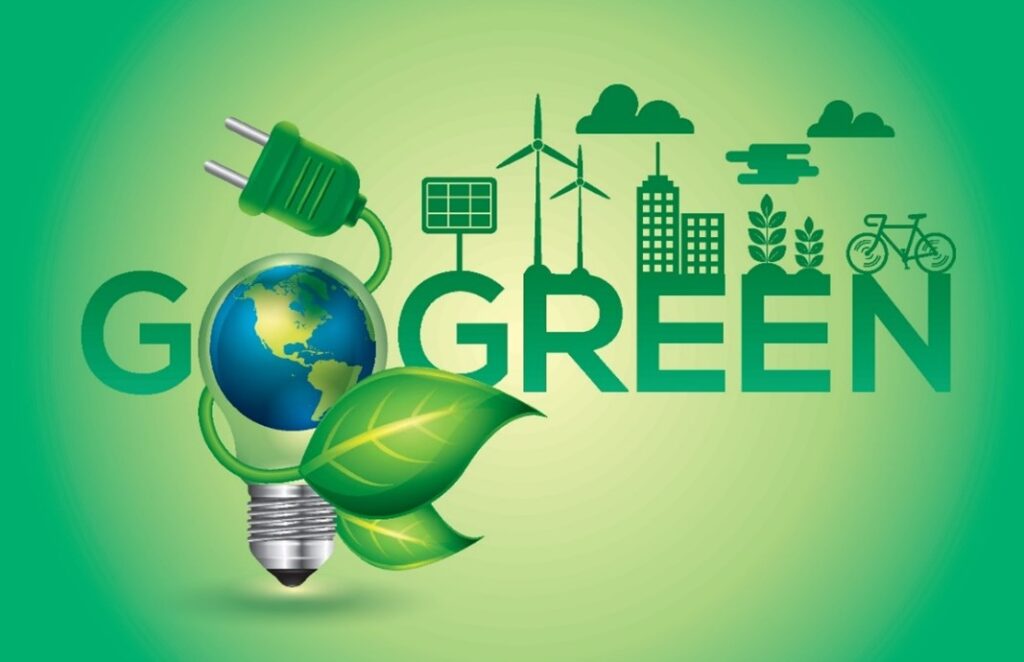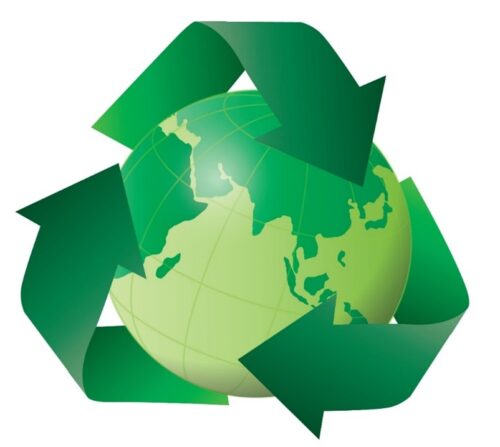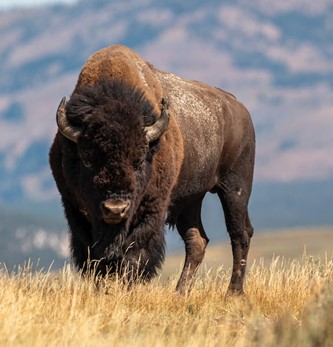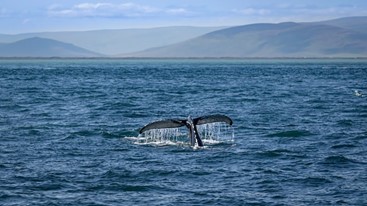Carbon offsetting supports environmental conservation and restorative missions while reducing the impact of human’s behavior on the planet. While for many, the aim of carbon offsetting is to address climate concerns, there are several additional important benefits that are often overlooked. Below, Selwyn Duijvestijn explores the advantages of carbon offsetting that complement any program designed with nature-based solutions.
Offsetting Contributes to Carbon Neutrality
The grand goal of carbon offsetting is net-zero carbon emissions. Net zero is a lofty ambition, but one adopted recently by many countries around the world. It refers to creating a balance between the amount of carbon the atmosphere absorbs and the amount that’s emitted by society.
Carbon Credits
Individuals and businesses are increasingly looking for ways to reduce carbon footprints through offsetting. This is a novel approach to decreasing emissions by compensating for emissions made elsewhere.
Carbon credits are a type of permit that signifies 1 ton of carbon dioxide removed from the atmosphere. These credits can be purchased by an individual, but, more commonly, businesses to recompense carbon dioxide releases that come from industrial production, delivery vehicles or travel.
By purchasing carbon credits, organizations can invest in nature-based solutions that help to mitigate the negative effects of carbon emissions on the environment.
Biodiversity and Wildlife Conservation
One of the major advantages of carbon offsetting is the positive impact it has on habitats, ecosystems, and wildlife conservation. This includes improved management and preservation, such as the replanting of forests, and regenerative agriculture. In addition, forest preservation means that the trees and plants can better absorb carbon emissions before they enter the atmosphere.
Economic Opportunities
Another benefit is that it provides economic opportunities for populations in developing countries around the world. Many of these carbon-reducing projects are located in these areas, where the need for profitable growth and environmental conservation is particularly critical.
Carbon offsetting has been shown to improve water sources for those who need it the most in rural or third-world countries. And when carbon offset projects are integrated into underdeveloped nations, it typically introduces new technologies that lead to increased skill development and even brand new workforces on a local level.
The ability to reduce poverty and promote sustainability is one of the main benefits.
Innovation
It also has the potential to accelerate advancements in the environmental sector. As more individuals become interested in reducing their carbon footprint, the demand for innovative and effective “green” solutions grows.
Carbon offsetting commonly takes the forms of alternative, renewable energy sources, which are seen as essential to replace dwindling fossil fuels.
This demand is driving both research and development in the industry, in which new technologies and advancements in environmental conservation and restoration are cultivated.
Carbon Offsetting Helps Everyone
When forests and other lands are preserved, the people benefit in innumerable ways. Beyond improved health, carbon offsetting helps keep communities employed, and protects the livelihood of wildlife and animals used in agriculture.
Additionally, it all comes full circle since such new technologies are often funded through carbon offset pledges.

Conclusion
Taking part in various environmental projects such as planting trees, supporting local communities, taking responsibility for individual environmental impacts, and supporting organizations that protect and restore wildlife ecosystems and biodiversity is so important for a sustainable future.



